

21-02-25
Accumulated depreciation is a contra asset account that records the total depreciation expense allocated to an asset over time. It represents the reduction in an asset’s value due to wear and tear, obsolescence, or passage of time. Unlike depreciation expense, which appears on the income statement, accumulated depreciation appears on the balance sheet as a deduction from the asset’s original cost.
It is a running total of all depreciation expenses for a fixed asset.
It reduces the book value of an asset but does not impact its market value directly.
It helps businesses track the remaining useful life of assets.
It is recorded as a credit entry to offset the debit balance of fixed assets.
Accumulated depreciation plays a crucial role in financial reporting and tax compliance. Here’s why it matters:
Depreciation ensures that a company’s financial statements reflect the true value of assets over time. It provides a realistic view of net income by allocating the cost of an asset over its useful life rather than in a single period.
Businesses can deduct depreciation expenses from taxable income, reducing overall tax liabilities. Using IRS-approved depreciation methods such as Straight-Line Depreciation, Declining Balance, or MACRS, companies can legally lower their tax burden.
Tracking accumulated depreciation helps companies plan for asset replacement and future capital expenditures. Businesses can determine when assets need to be upgraded, replaced, or written off.
Potential investors and financial analysts use accumulated depreciation to assess a company’s financial health, profitability, and efficiency in managing assets.
Accumulated depreciation appears on two primary financial statements:
It is recorded as a contra asset account, reducing the gross value of fixed assets:
Example: Balance Sheet Presentation
|
Assets |
Cost |
Accumulated Depreciation |
Net Book Value |
|
Equipment |
$50,000 |
($10,000) |
$40,000 |
|
Vehicles |
$30,000 |
($7,500) |
$22,500 |
|
Total Fixed Assets |
$80,000 |
($17,500) |
$62,500 |
The net book value (cost – accumulated depreciation) represents the remaining value of assets.
Only the current period’s depreciation expense appears on the income statement, reducing taxable income.
Example: Income Statement Depreciation Expense
Revenue: $500,000
Operating Expenses: ($200,000)
Depreciation Expense: ($5,000)
Net Income: $295,000
Businesses use different depreciation methods based on their accounting policies.
This is the simplest method, where the same amount of depreciation is deducted each year.
Formula:
Annual Depreciation = (Cost of Asset – Salvage Value) ÷ Useful Life
Example: A machine costs $20,000, has a useful life of 5 years, and a salvage value of $2,000.
Annual Depreciation = ($20,000 - $2,000) ÷ 5 = $3,600 per year
Accumulated Depreciation after 3 years = $3,600 × 3 = $10,800
This method applies a fixed percentage to the asset’s book value, resulting in higher depreciation in earlier years.
The IRS requires businesses to use MACRS for tax depreciation, which assigns different recovery periods for assets.
Errors in choosing the depreciation method or miscalculating depreciation rates can lead to financial misstatements and tax issues.
Failing to update accumulated depreciation accurately can result in incorrect asset valuation on financial statements.
Using the wrong depreciation method for IRS tax filings can lead to penalties and interest charges.
Businesses that fail to track accumulated depreciation risk financial losses due to poor asset management.
At 360 Accounting Pro Inc., we offer expert accounting and bookkeeping services to help businesses manage depreciation efficiently.
? Accurate Calculation of Depreciation – We apply the correct depreciation method (Straight-Line, MACRS, or Declining Balance) for accurate financial reporting.
? Fixed Asset Management – We track your assets and update accumulated depreciation to ensure accurate balance sheet reporting.
? Tax Compliance and IRS Filing – We help businesses maximize tax deductions while ensuring compliance with IRS regulations.
? Financial Statement Preparation – We integrate accumulated depreciation into your financial statements for audit readiness and investor reporting.
? QuickBooks, Xero, and Sage Integration – Our team ensures seamless depreciation tracking in QuickBooks, Xero, Zoho, and Sage accounting software.
? Asset Retirement and Disposal Management – When you dispose of assets, we ensure accurate calculations of gain or loss based on accumulated depreciation.
Accumulated depreciation is essential for maintaining accurate financial records, reducing tax liabilities, and planning asset management. It ensures businesses stay compliant while managing their assets efficiently.
At 360 Accounting Pro Inc., we provide expert depreciation tracking, tax compliance, and financial reporting services to help businesses stay ahead.
???? Contact us today to ensure your accumulated depreciation is managed accurately and in compliance with IRS regulations.
Tags : #AccumulatedDepreciation, #Accounting, #Depreciation, #AssetManagement, #TaxCompliance, #FinancialReporting, #Bookkeeping, #FixedAssets, #DepreciationMethods, #StraightLineDepreciation, #MACRS, #DecliningBalanceDepreciation, #BusinessFinance, #TaxDeductions, #FinancialStatements


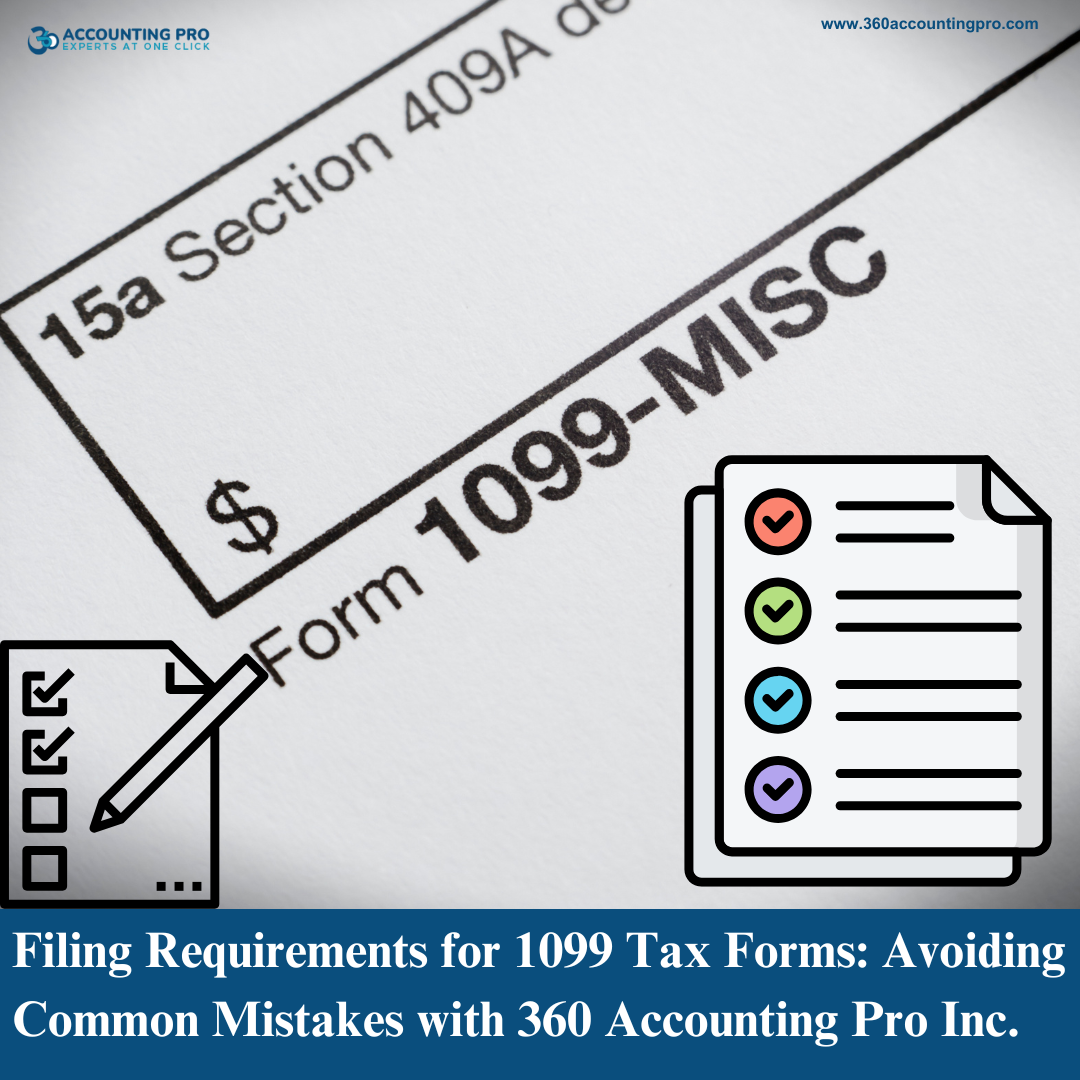



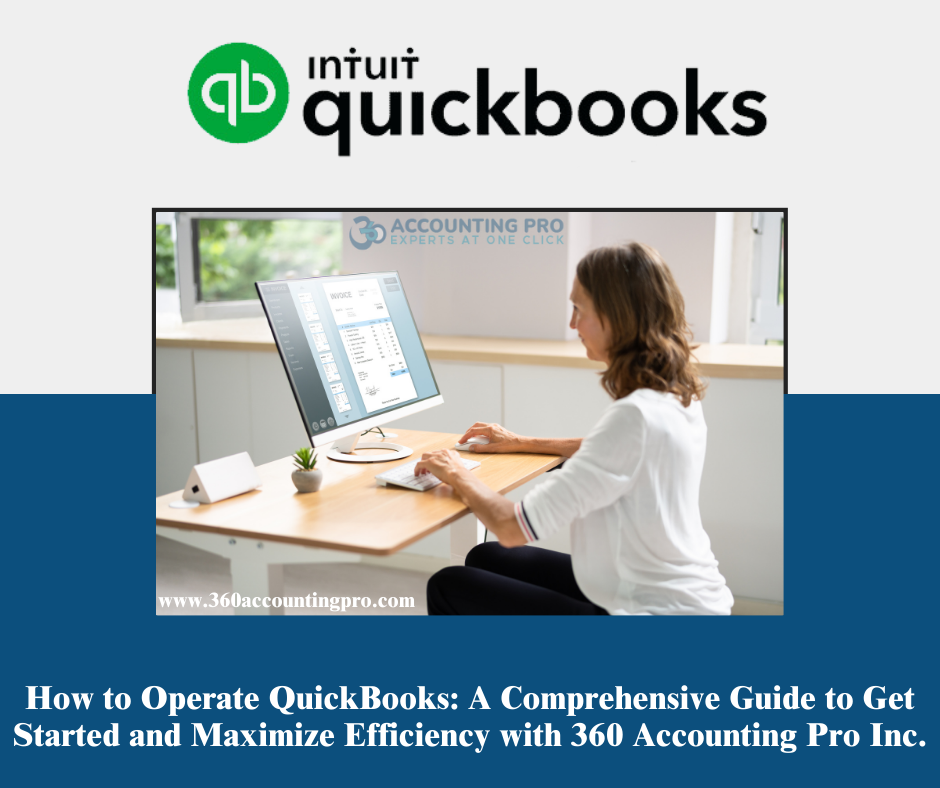

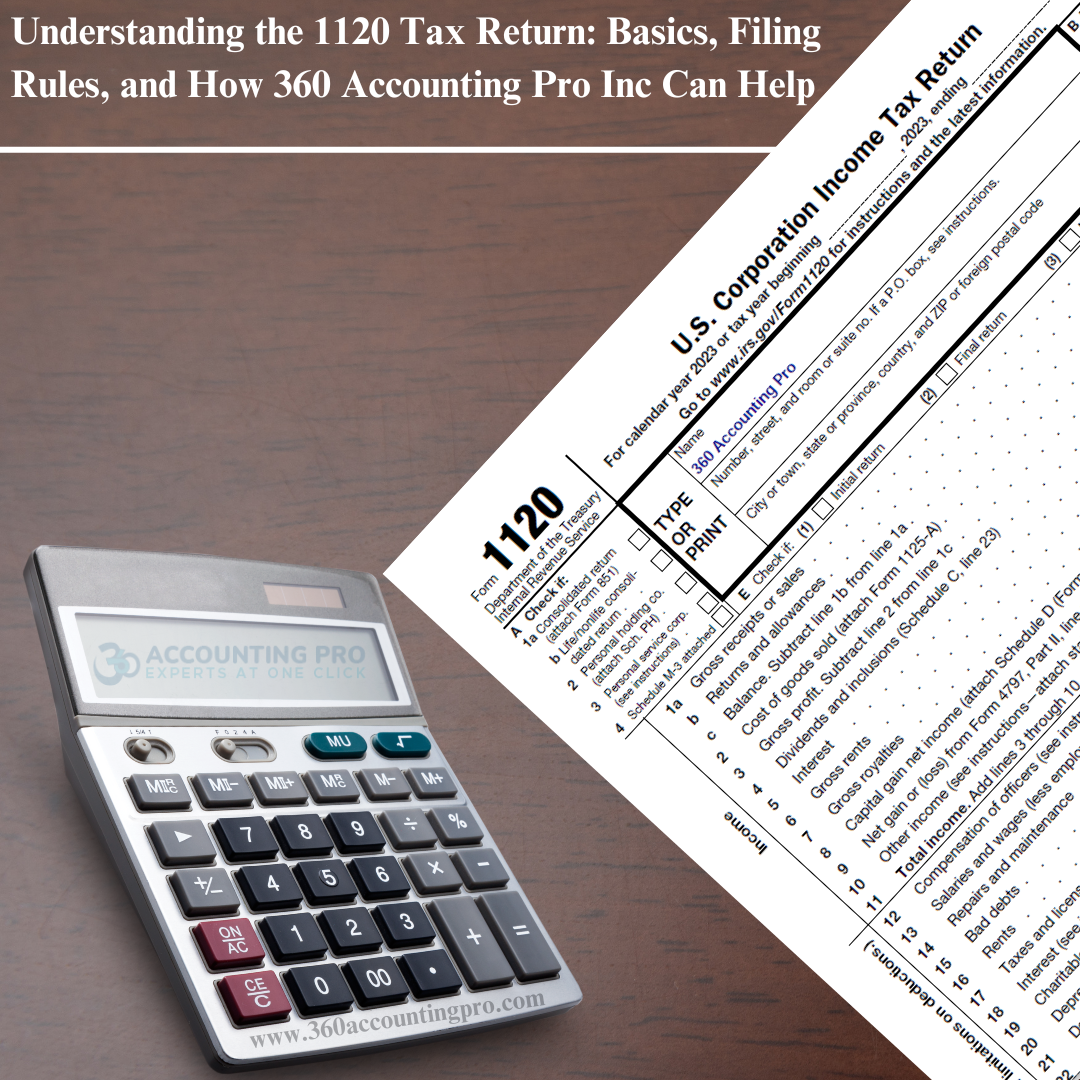
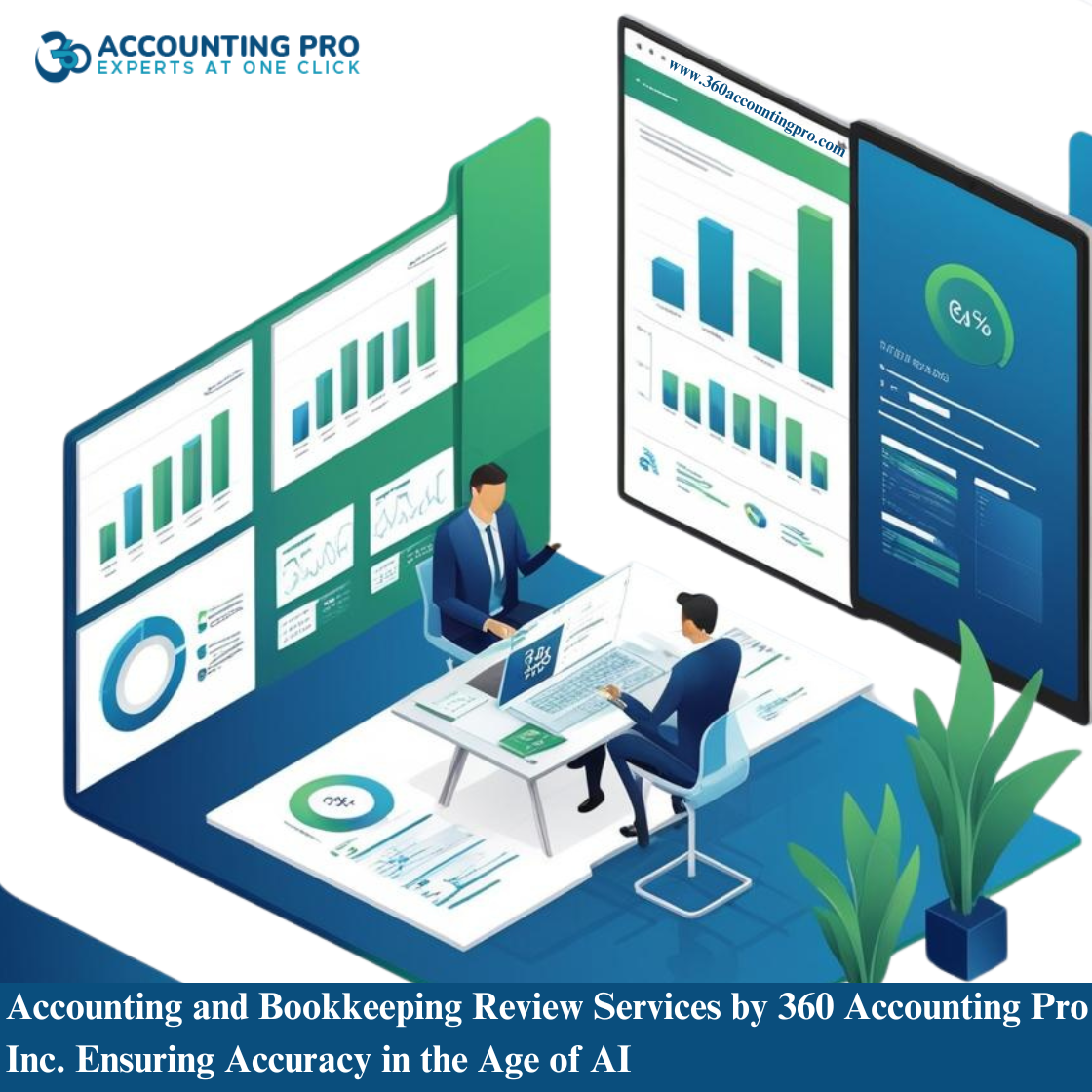
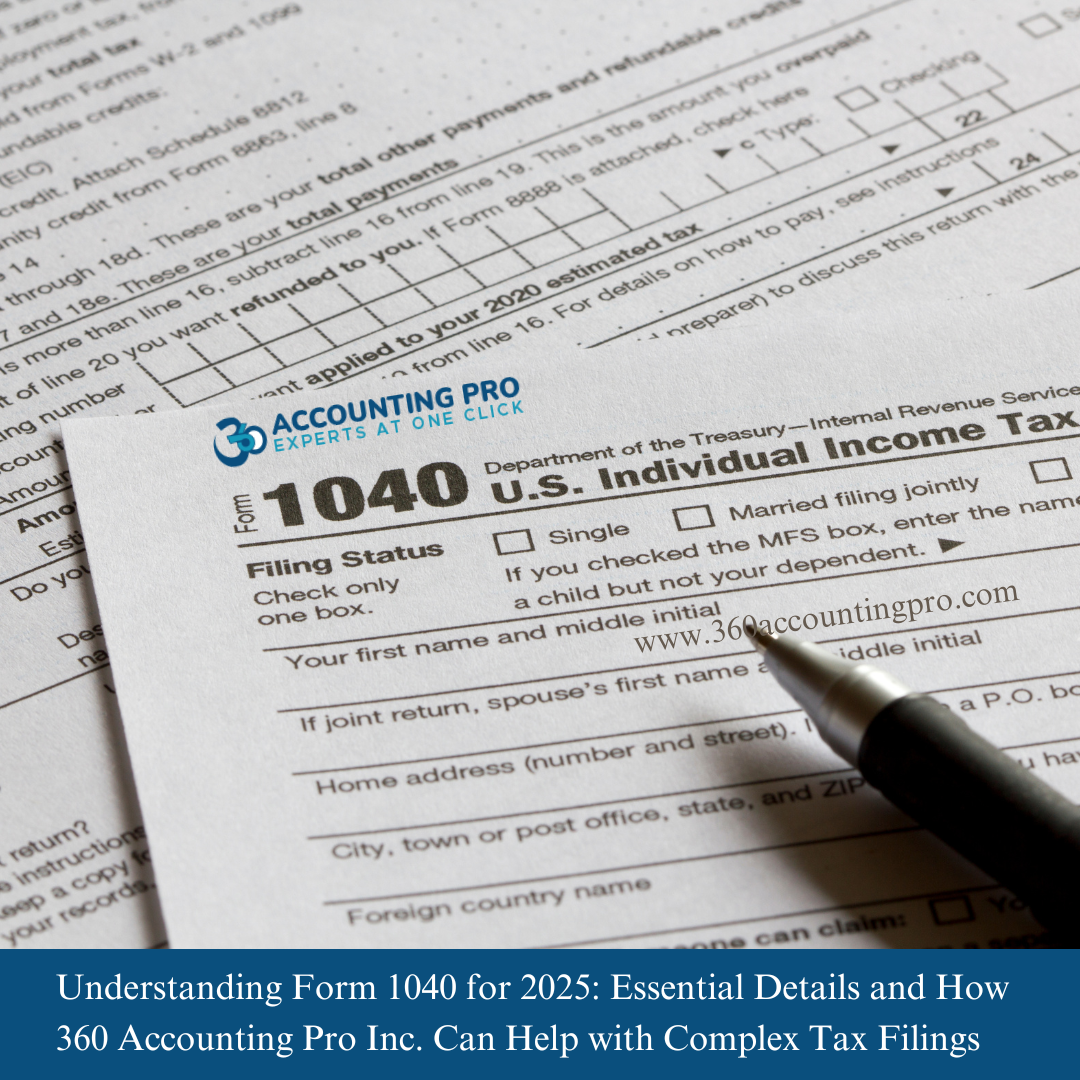




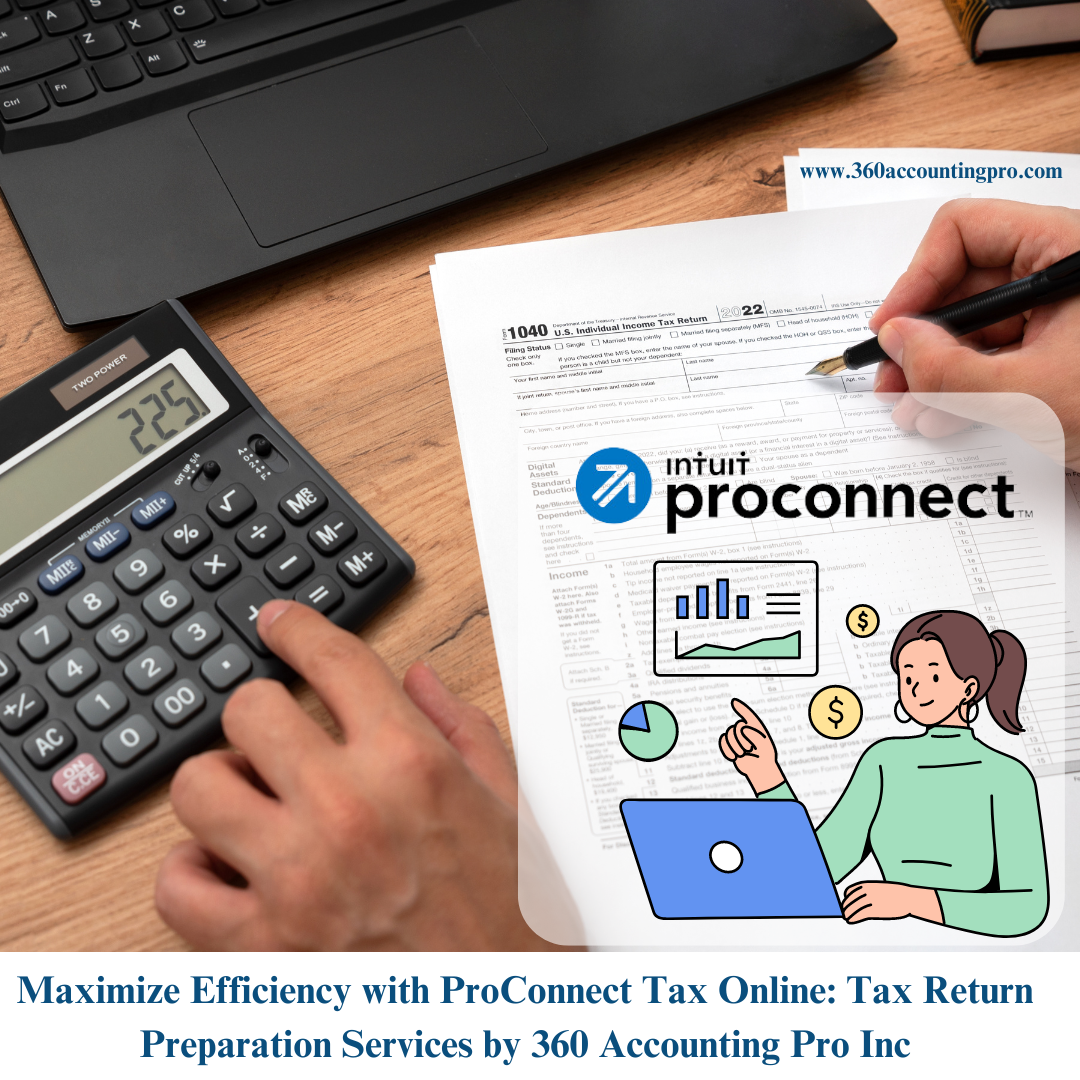




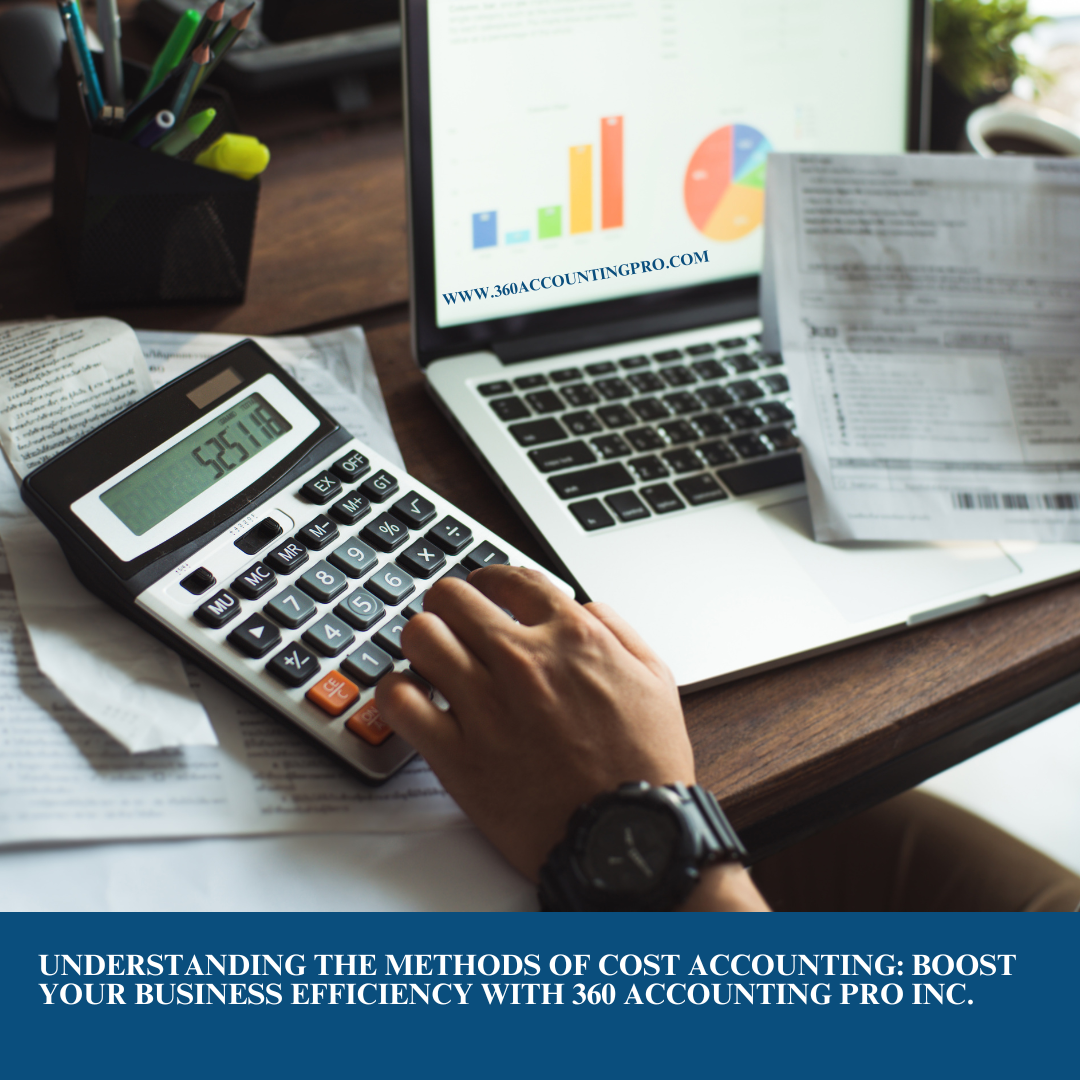





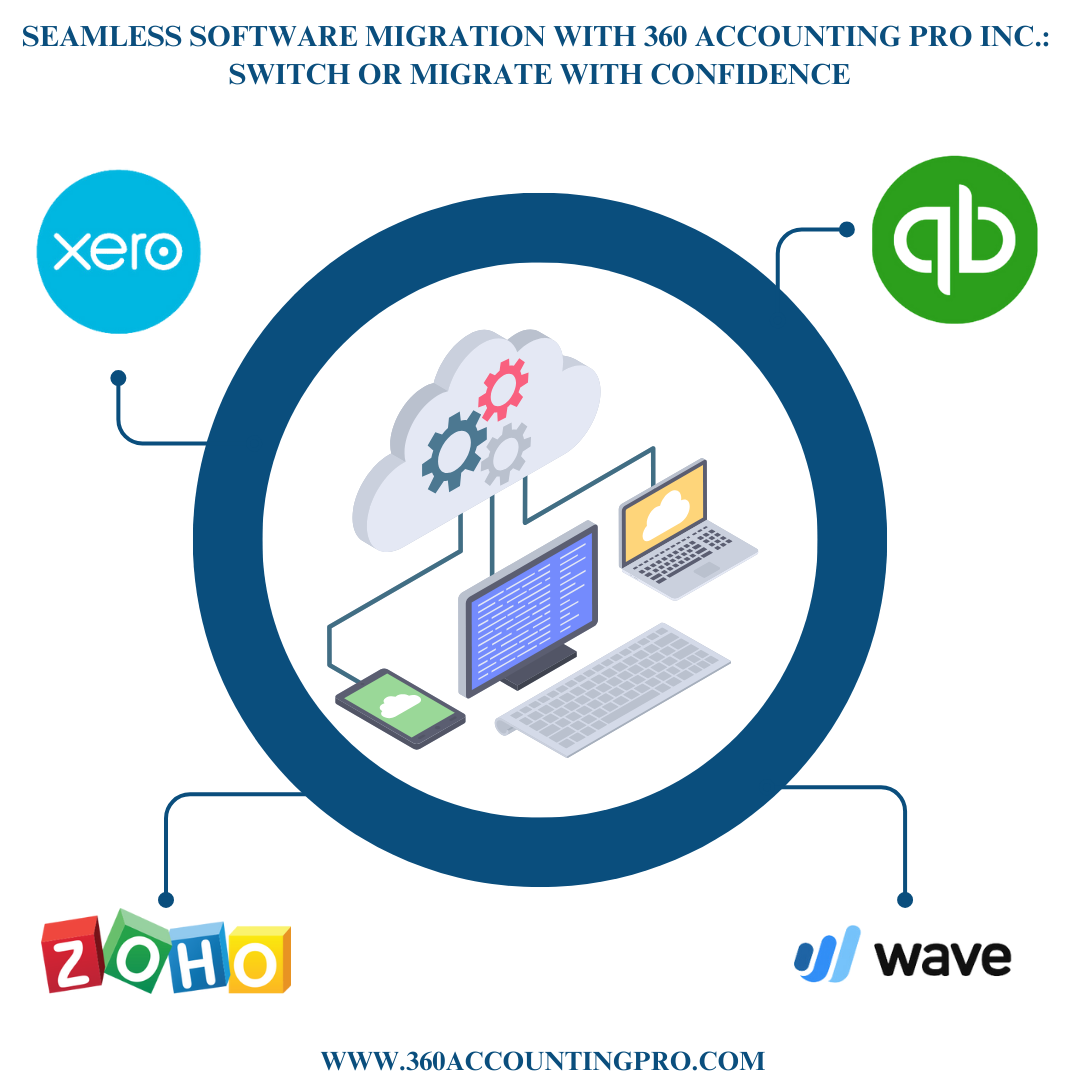
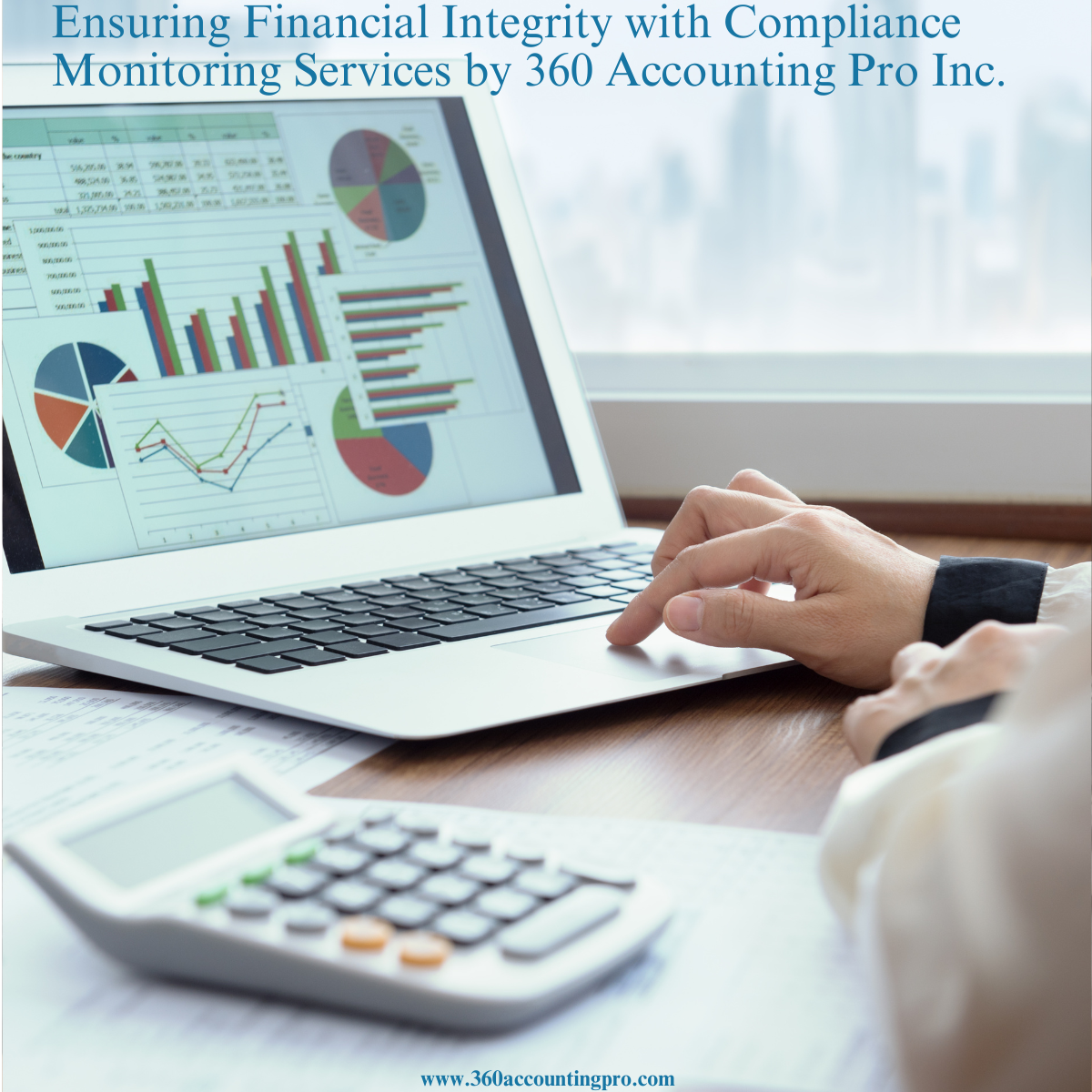






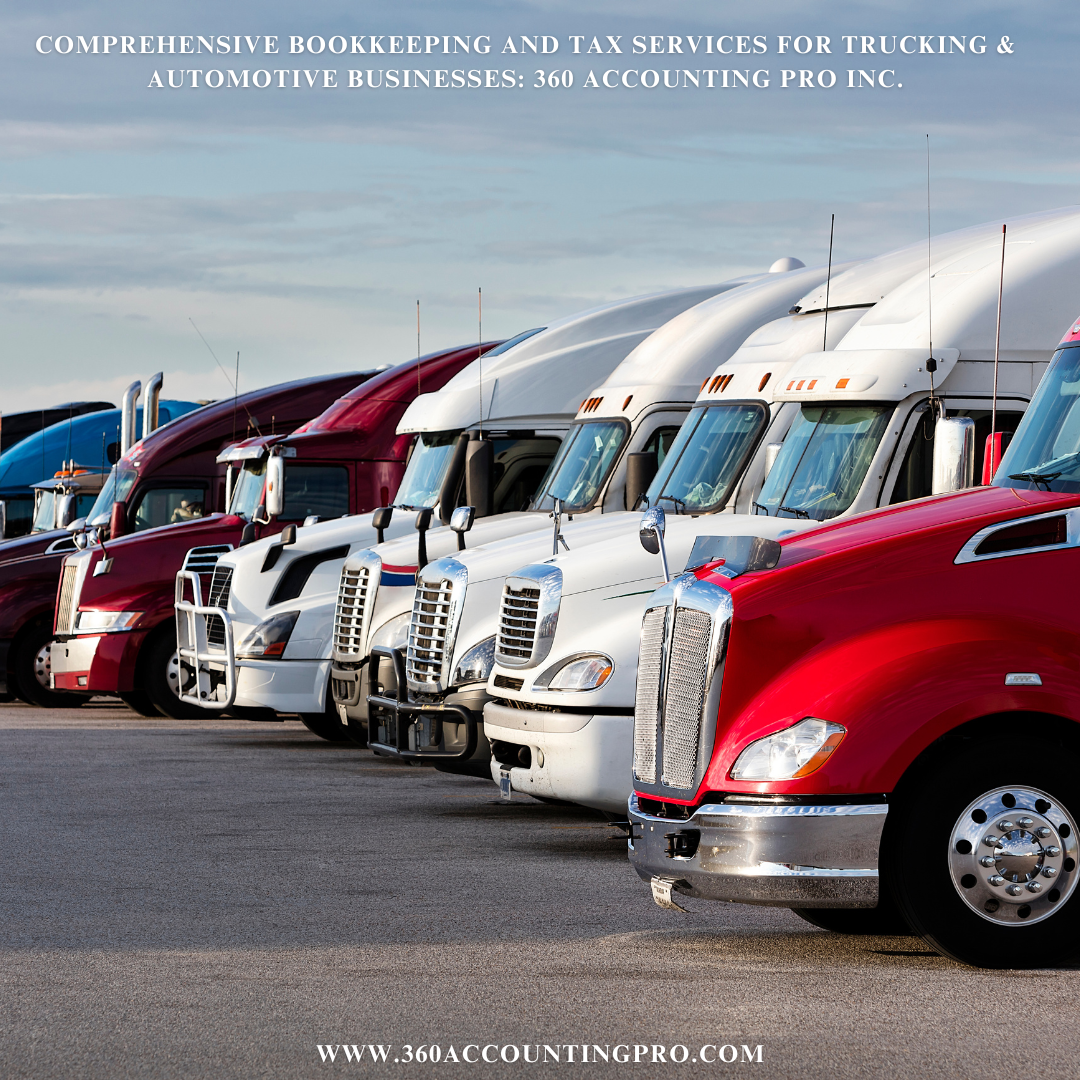










.jpg)
.jpg)
.jpg)
.jpg)


).jpg)




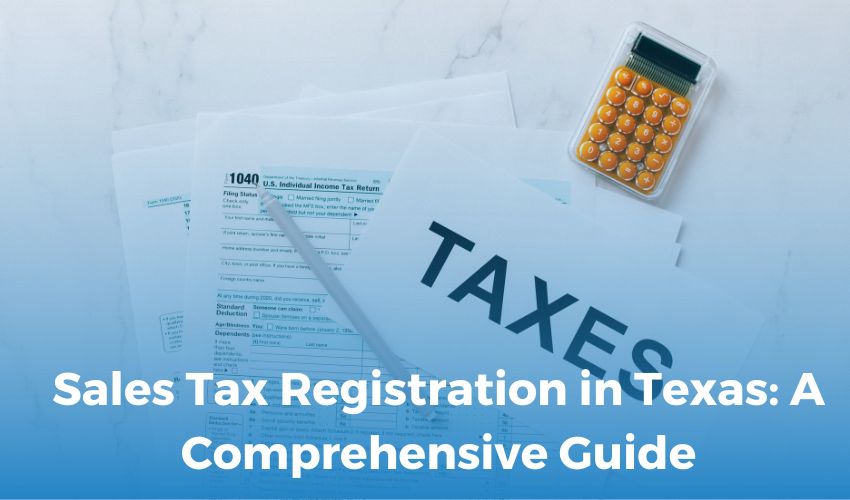
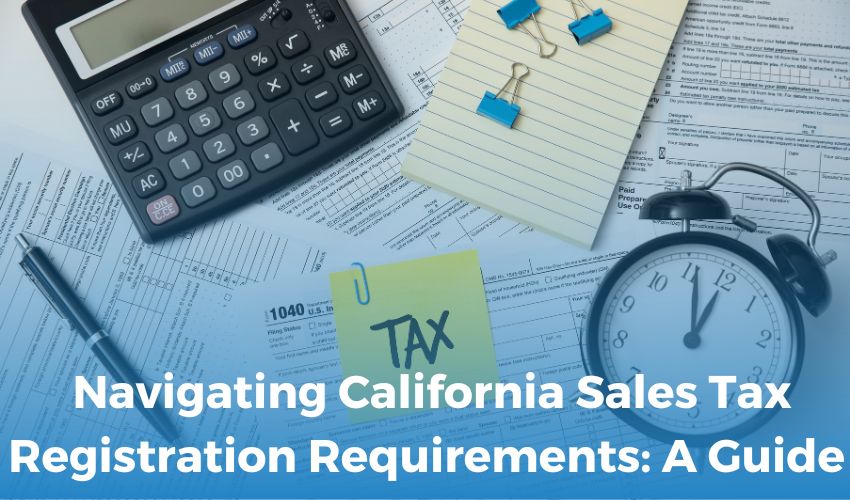






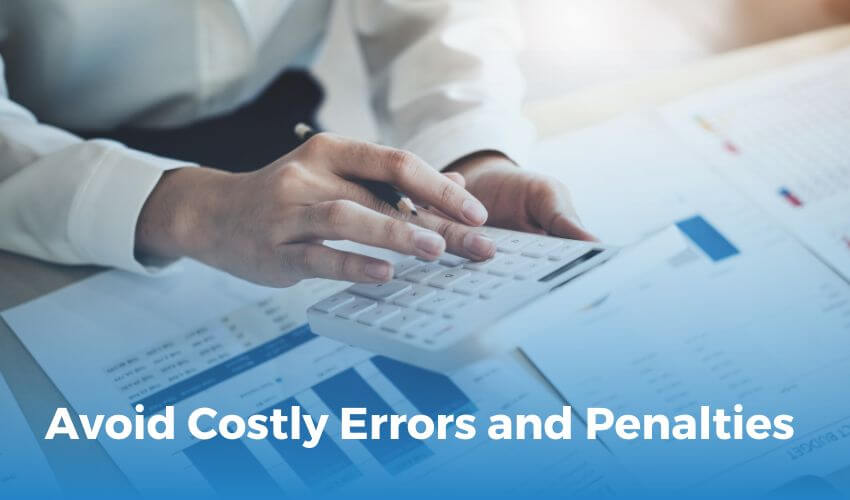

 Get A Quote
Get A Quote
Leave A Comment